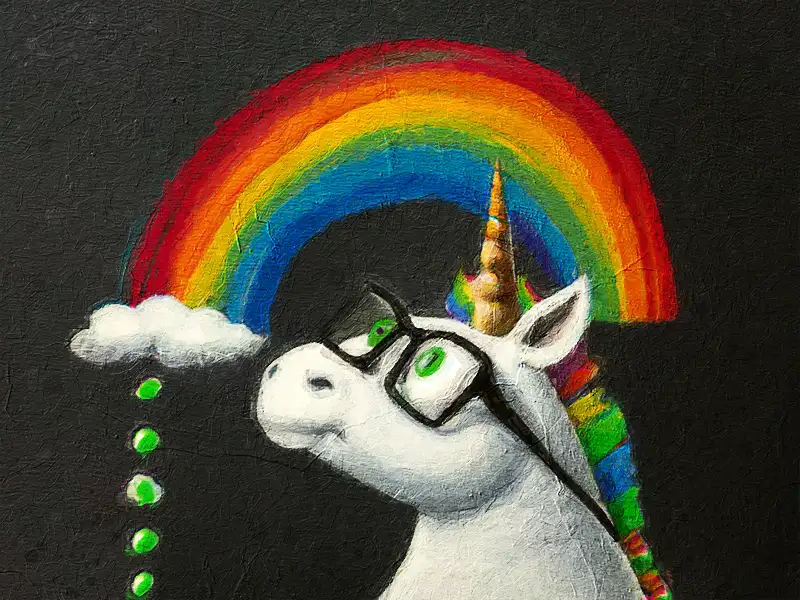The science of rainbows
Rainbows are one of the most beautiful and fascinating natural phenomena in the world. They’re formed when light is refracted, or bent, as it passes through water droplets in the air. When the light is bent just the right way, it creates a spectrum of colors that we see as a rainbow.
Rainbows have been a source of wonder and inspiration for people all around the world for centuries. They’ve been depicted in art and literature, and have been thought to hold special powers or meaning in many different cultures.
But have you ever stopped to think about how rainbows form and why they have the colors they do? In this article, we’ll take a closer look at the science behind rainbows and learn all about how they form and why they have colors. So let’s get started!
How rainbows form
So, how do rainbows form? As we mentioned earlier, rainbows are formed when light is refracted, or bent, as it passes through water droplets in the air. But how does this happen, and why do we see the colors of the rainbow?
Here’s how it works: When light from the sun hits a raindrop, it is refracted, or bent, as it passes through the raindrop. This is because the light travels at different speeds through different materials, and the raindrop acts like a lens that bends the light as it passes through.
As the light passes through the raindrop, it is also separated into different colors. This happens because each color of light travels at a different speed, so the different colors are refracted, or bent, by different amounts as they pass through the raindrop.
So when the light is refracted just the right way, it creates a spectrum of colors that we see as a rainbow. And that’s how rainbows form!
The colors of the rainbow
Have you ever stopped to think about why rainbows have the colors they do? It’s because of the way that light is refracted, or bent, as it passes through the raindrop.
As we mentioned earlier, when light from the sun hits a raindrop, it is refracted, or bent, as it passes through the raindrop. This is because the light travels at different speeds through different materials, and the raindrop acts like a lens that bends the light as it passes through.
As the light is bent, it is also separated into different colors. This happens because each color of light travels at a different speed, so the different colors are refracted, or bent, by different amounts as they pass through the raindrop.
The colors of the rainbow, in order, are red, orange, yellow, green, blue, indigo, and violet. These colors are created when the light is refracted just the right way and creates a spectrum of colors.

Factors that affect the appearance of rainbows
There are a few factors that can affect the appearance of rainbows. These include:
- The size of the water droplets: The size of the water droplets in the air can affect the appearance of the rainbow. Larger water droplets tend to produce more colorful rainbows, while smaller water droplets can produce more faint or pale rainbows.
– - The angle of the sun: The angle of the sun also plays a role in the appearance of rainbows. When the sun is low in the sky, the light has to pass through more water droplets to create a rainbow, which can make the rainbow appear more colorful and bright. When the sun is higher in the sky, the light has to pass through fewer water droplets, which can make the rainbow appear less colorful and faint.
– - The amount of light: The amount of light also affects the appearance of rainbows. Rainbows are more likely to appear when there is plenty of sunlight, as this provides the energy needed to create the refraction and separation of colors that produce the rainbow.
– - The angle of the viewer: The angle of the viewer also plays a role in the appearance of rainbows. Rainbows are circular, but we only see a part of the circle because we are viewing it from a particular angle. If we move to a different angle, the rainbow will appear to change.
